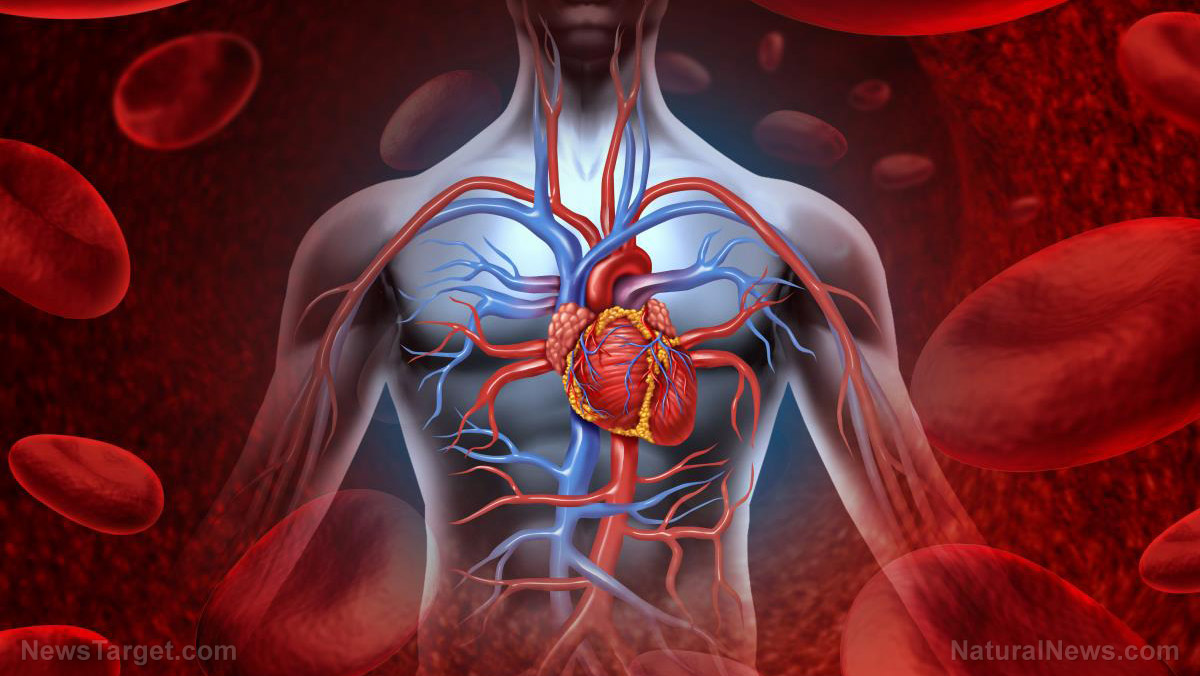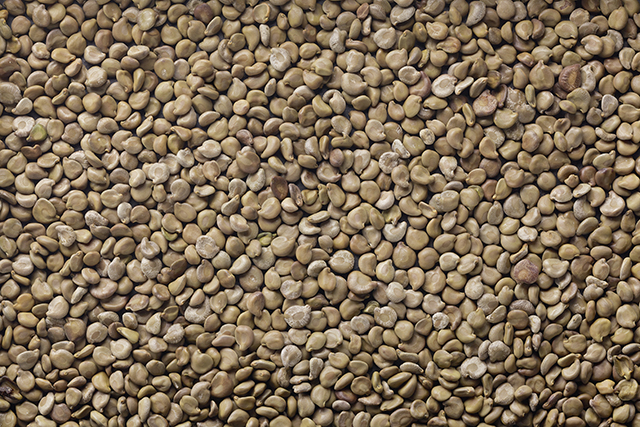Exercise is the simplest way to maintain a healthy heart
11/30/2018 / By Mary Miller

The human body is like a machine, and the heart is the engine that powers it all. You can oil the engine all you want and keep it connected to an energy source for as long as you can, but if the machine does not run every once in a while, it will eventually break down and malfunction from lack of use. The same is true with the human body. If a sedentary lifestyle keeps the heart from actively pumping blood to the rest of the body, it starts to weaken. Fortunately, being physically active is the simplest and most effective way of maximizing heart health.
There are many ways to achieve a healthy heart. You can do this by avoiding foods rich in cholesterol, getting enough sleep, and managing stress levels. However, physical exercise is the most straightforward method. It is certainly a key strategy in decreasing one’s risk of heart disease, heart attack, stroke and death. Not only does it have a lasting, positive impact on heart health, it also benefits the body in other ways such as maintaining healthy body weight, lowering one’s blood pressure, improving blood circulation, boosting levels of good cholesterol, and preventing bone loss that can lead to osteoporosis.
According to Dr. Patrick Green, a cardiologist practicing at the UCHealth Heart and Vascular Clinic – Harmony Campus, “Regular physical activity and increasing levels of physical fitness are associated with lower rates of many chronic diseases including cardiovascular disease.” The logic is simple. Physical exercise lowers your risk of heart disease, whereas sedentary activities can increase your risk of heart disease and stroke. (Related: Predisposed to heart disease? Exercise is the best way to prevent cardiac problems.)
How much exercise is needed
For overall cardiovascular health, the American Heart Association recommends a cumulative total of at least 150 minutes of moderate intensity aerobic exercise each week. This can be spread out into 30-minute increments per day over five days. They also recommend an average of 40 minutes of moderate to vigorous intensity aerobic exercise three to four times each week, for those seeking to lower one’s levels of blood pressure and bad cholesterol.
Keep in mind though that more does not necessarily mean better. While more physical activity generally provides greater overall health benefits, there is a limit to this. The last thing you want is to overdo it, especially regarding vigorous- level intensity activity. Stop your workout immediately if you experience any chest pain, shortness of breath, dizziness or lightheadedness.
While these recommendations are ideal, they are not applicable to everyone, especially those who have been living a sedentary lifestyle for years. Sticking to a daily exercise regimen might be daunting for beginners but everyone has to start somewhere. It is important to learn how to pace yourself. Start slowly with low to moderate-level activities over two 15-minute sessions. Set a reachable goal today. From there, you can gradually work your way up to at least 30 minutes of activity a day. Over time, you can slowly increase the duration and intensity of your activities as you get better and more physically active.
Best exercises for cardiovascular health
Many forms of exercise can greatly improve your heart health. It is best to find the kind of exercise that you’re most comfortable with. If the activity is fun, then chances are you’ll find it exhilarating rather than exhausting. Here are some physical activities to get you started:
- Walking. This is the easiest and cheapest way to exercise. It costs nothing and is easy to do, no matter where you are. You can walk alone but doing it with other people is a great way to keep each other motivated.
- Aerobics. Aerobic exercises or cardio are designed to increase your heart rate. Examples of moderate-level intensity aerobic exercise are biking on a flat terrain, taking a leisurely swim, gardening, and aerobic dancing. You can step these up to vigorous-level intensity exercises by biking uphill, swimming laps, jogging, or playing sports such as soccer. Do anything that will make you break a sweat.
- Strength training. Strength and stretching exercises are best for overall stamina and flexibility. Examples of these include lifting weights, using resistance bands, and doing pushups, situps and squats.
If you want to learn more about how to protect yourself from heart disease, you can read more articles by visiting HeartDisease.com.
Sources include:
Tagged Under: cardiorespiratory fitness, cardiovascular disease, cholesterol, exercise, fitness, heart disease, heart health, physical activity



















